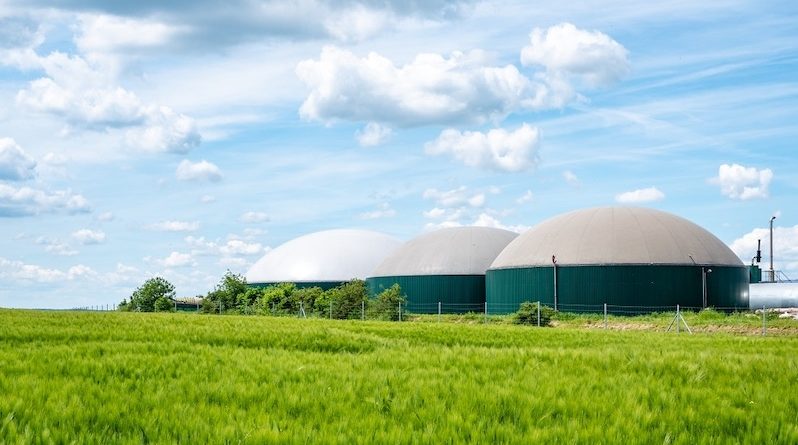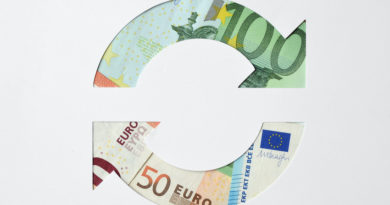
Biomethane’s contribution to REPowerEU
On 18 May, the European Commission outlined the details of the REPowerEU plan. It is the categorical response of the EU to break free from Russian energy imports while keeping up with climate targets. The REPowerEU is partly underpinned by the expansion of renewable energy production and use, including biomethane, one of the renewable gases available now and ready for further scale-up. After the communication released last March, the new package of the REPowerEU provides a set of tools to disentangle the EU from Russian fossil fuels, as well as to boost the EU Green Deal and drive investment to a more sustainable and resilient energy mix.
The plan is structured around 3 key areas of action: diversification of energy sources, acceleration of the clean energy transition and increase of energy savings. In terms of legislation, the plan has put forward a targeted revision of the Fitfor55 energy efficiency and renewable targets.
It also proposes instruments to accelerate RES permitting and recommendations to facilitate renewable gas injection. This is a stepping stone to the achievement of climate-targets, the circular bio-economy and security of supply across Europe.
Targeted measures for the biomethane sector
The plan will have a direct impact in the development of renewable gas. Biomethane, together with green hydrogen, is among the ones prioritized by the European Commission in reaching a more sustainable and sovereign energy system. The REPowerEU introduces a Biomethane Action Plan with targeted measures to promote sustainable production and use of biogas and biomethane at EU and national level, as well as the injection of biomethane into the gas grid.
The plan puts forward incentives for biogas upgrading into biomethane, support to innovation and direct access to funds, loans, grants and other financial instruments. It also proposes the setup of a Biomethane Industrial Alliance to mobilise the entire value chain and a specific target for biomethane production: 35 bcm by 2030.
What will this bring to Europe?
The ambition is high, but the target is feasible: Europe is producing today 15 bcm of raw biogas and 3 bcm of biomethane (upgraded biogas) from approximately 20,000 biogas and biomethane plants.
By 2030, the proposed expansion will replace 20% of the current fossil gas imports from Russia. Biomethane can be directly injected into the gas grid with no need for large infrastructure investments. It is also a good complement of wind and solar energy, as it can be easily stored and produced at a constant pace, helping balance energy supply from variable renewable energy sources. Biomethane deployment is also economically viable. Earlier this year, natural gas prices went over €200 and are today around €85. While this happens, biomethane production costs are getting lower. Typical biomethane production costs in Europe range between 55 and 100 €/MWh, depending on location, feedstock, size and setup of the plant.
What will it take to deploy 35 bcm by 2030?
The implementation of the REPowerEU will require a smart combination of investments and reforms starting from this year. The full value chain of biomethane producers, and users, will need to cooperate with public authorities and civil society organisations to identify current bottlenecks and propose solutions for a sustainable scale-up. The sector will need guidance, including relevant legislative and financial support in the coming years. To meet the 2030 target, the EBA foresees the need for additional capital investments. Europe will need €48 bn to build 4,000 medium-size units and €35 bn to build 1,000 large-scale plants in 8 years. It is a realistic objective: Germany alone built 6,000 plants in 9 years. Expanding biomethane production is possible using sustainable feedstocks, including waste, agricultural residues and sequential crops. By 2030, the EBA foresees increased feedstock supply for biomethane production from food waste, industrial and urban wastewater and agricultural residues.
Beyond energy security
The expansion of biomethane will not only strengthen energy independence, it will also bring socio-economic and environmental benefits. The EBA estimates that the production of biogas and biomethane has already created 210,000 green jobs in Europe and is saving every year 60 Mt of GHG emissions (CO2 equivalent).
Additionally, the production of biogas and biomethane is fully in line with the principles of the circular economy. On the one hand, waste is valorised and used as feedstock for energy production. On the other hand, we obtain digestate as a sort of “residue”, that we call co-product. Digestate is an excellent organic fertiliser and its use helps replacing energy intensive, environmentally damaging production of mineral fertilisers. This reduces EU dependence on fertiliser imports and helps farmers bring down production costs, limiting food price volatility. Digestate offers also proven advantages in soil restoration and carbon retention. This is just an example on how renewable biogas/biomethane production can complement and support sustainable farming.




